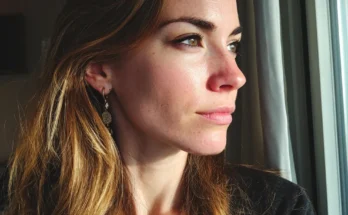When my grandma asks for a “housecoat,” she’s not just requesting a piece of clothing—she’s reaching back into a time when comfort, modesty, and dignity were stitched into everyday life. A housecoat, also known as a duster or robe, was once a staple in women’s wardrobes, especially in the mid-20th century.
It was worn at home, often over nightwear or casual clothes, allowing women to stay presentable while doing chores, greeting guests, or simply relaxing. To her generation, the housecoat wasn’t just practical—it was symbolic. It represented a woman’s quiet authority in her domestic space.
It was soft but structured, modest but elegant. It allowed her to move freely, cook, clean, and care for others without sacrificing grace. It was the uniform of matriarchs, of women who held families together with quiet strength.
Today, the term might sound quaint or outdated, but for my grandma, it’s a request for familiarity. She’s asking for something that makes her feel like herself again—wrapped in warmth, memory, and a sense of control.
In a world that’s changing fast, the housecoat is her anchor. It’s not just fabric—it’s identity. So when she asks me to buy her one, I understand now: she’s asking me to honor her past, her comfort, and her quiet resilience. And I will.



